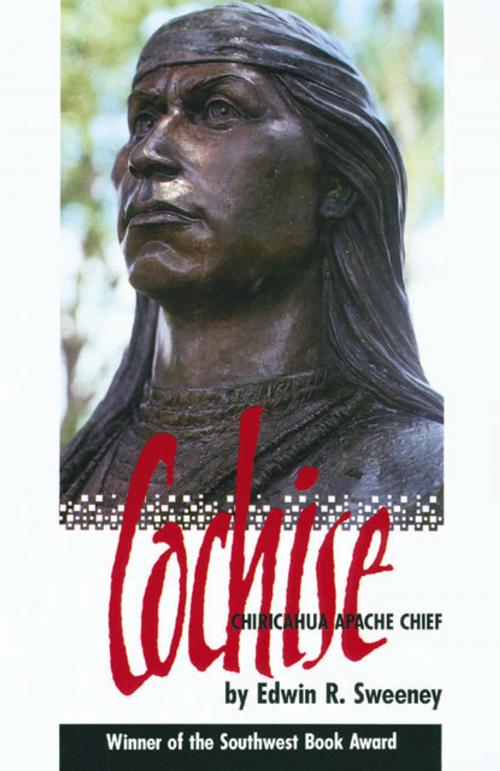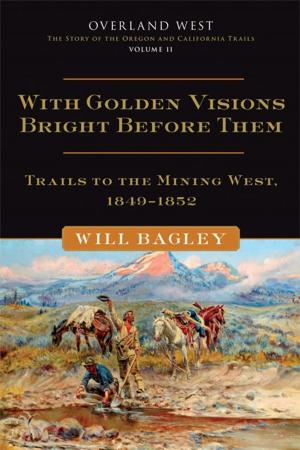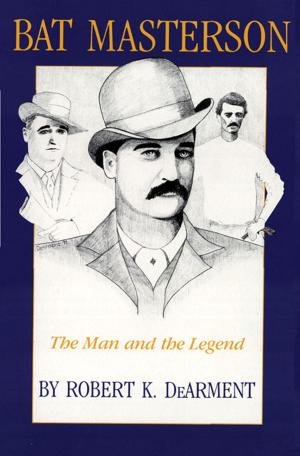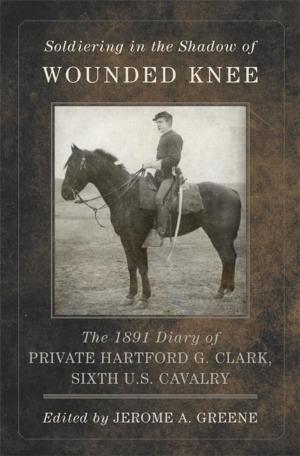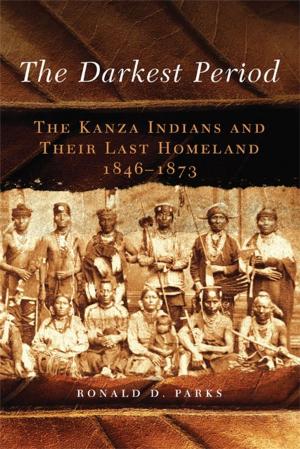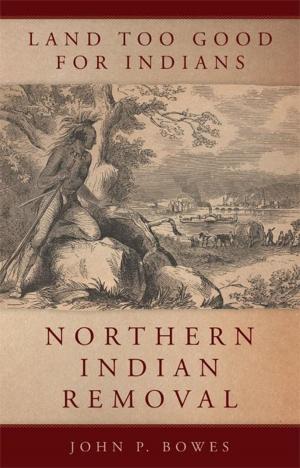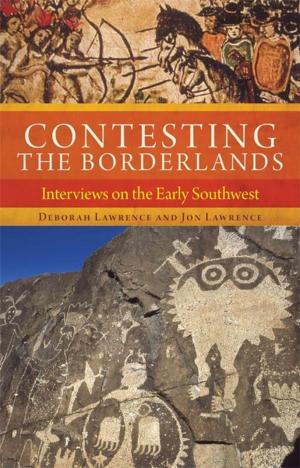Cochise
Chiricahua Apache Chief
Nonfiction, Social & Cultural Studies, Social Science, Cultural Studies, Native American Studies, History, Americas, Native American, Biography & Memoir| Author: | Edwin R. Sweeney | ISBN: | 9780806187280 |
| Publisher: | University of Oklahoma Press | Publication: | November 21, 2012 |
| Imprint: | University of Oklahoma Press | Language: | English |
| Author: | Edwin R. Sweeney |
| ISBN: | 9780806187280 |
| Publisher: | University of Oklahoma Press |
| Publication: | November 21, 2012 |
| Imprint: | University of Oklahoma Press |
| Language: | English |
When it acquired New Mexico and Arizona, the United States inherited the territory of a people who had been a thorn in side of Mexico since 1821 and Spain before that. Known collectively as Apaches, these Indians lived in diverse, widely scattered groups with many names—Mescaleros, Chiricahuas, and Jicarillas, to name but three. Much has been written about them and their leaders, such as Geronimo, Juh, Nana, Victorio, and Mangas Coloradas, but no one wrote extensively about the greatest leader of them all: Cochise. Now, however, Edwin R. Sweeney has remedied this deficiency with his definitive biography.
Cochise, a Chiricahua, was said to be the most resourceful, most brutal, most feared Apache. He and his warriors raided in both Mexico and the United States, crossing the border both ways to obtain sanctuary after raids for cattle, horses, and other livestock. Once only he was captured and imprisoned; on the day he was freed he vowed never to be taken again. From that day he gave no quarter and asked none. Always at the head of his warriors in battle, he led a charmed life, being wounded several times but always surviving.
In 1861, when his brother was executed by Americans at Apache Pass, Cochise declared war. He fought relentlessly for a decade, and then only in the face of overwhelming military superiority did he agree to a peace and accept the reservation. Nevertheless, even though he was blamed for virtually every subsequent Apache depredation in Arizona and New Mexico, he faithfully kept that peace until his death in 1874.
Sweeney has traced Cochise’s activities in exhaustive detail in both United States and Mexican Archives. We are not likely to learn more about Cochise than he has given us. His biography will stand as the major source for all that is yet to be written on Cochise.
When it acquired New Mexico and Arizona, the United States inherited the territory of a people who had been a thorn in side of Mexico since 1821 and Spain before that. Known collectively as Apaches, these Indians lived in diverse, widely scattered groups with many names—Mescaleros, Chiricahuas, and Jicarillas, to name but three. Much has been written about them and their leaders, such as Geronimo, Juh, Nana, Victorio, and Mangas Coloradas, but no one wrote extensively about the greatest leader of them all: Cochise. Now, however, Edwin R. Sweeney has remedied this deficiency with his definitive biography.
Cochise, a Chiricahua, was said to be the most resourceful, most brutal, most feared Apache. He and his warriors raided in both Mexico and the United States, crossing the border both ways to obtain sanctuary after raids for cattle, horses, and other livestock. Once only he was captured and imprisoned; on the day he was freed he vowed never to be taken again. From that day he gave no quarter and asked none. Always at the head of his warriors in battle, he led a charmed life, being wounded several times but always surviving.
In 1861, when his brother was executed by Americans at Apache Pass, Cochise declared war. He fought relentlessly for a decade, and then only in the face of overwhelming military superiority did he agree to a peace and accept the reservation. Nevertheless, even though he was blamed for virtually every subsequent Apache depredation in Arizona and New Mexico, he faithfully kept that peace until his death in 1874.
Sweeney has traced Cochise’s activities in exhaustive detail in both United States and Mexican Archives. We are not likely to learn more about Cochise than he has given us. His biography will stand as the major source for all that is yet to be written on Cochise.
